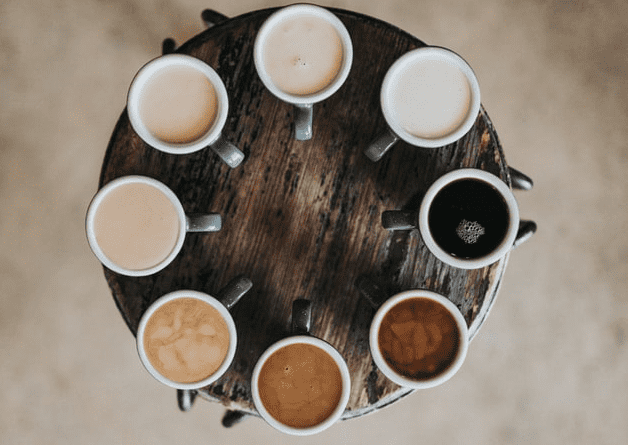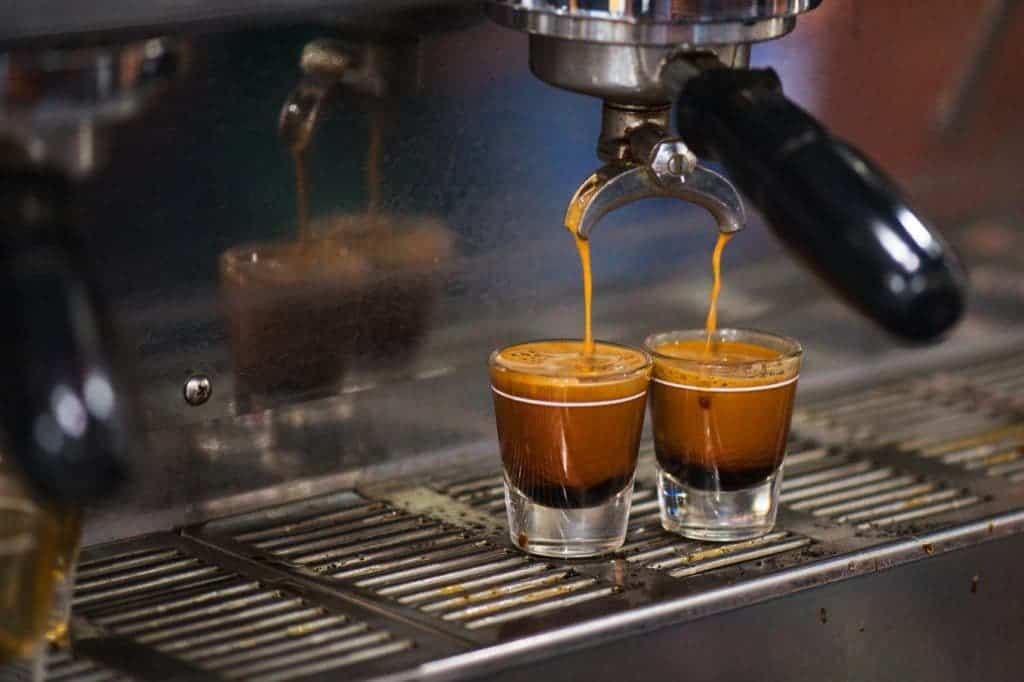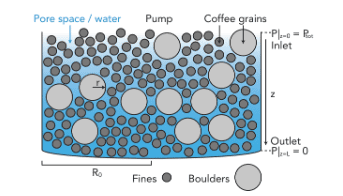Your favorite brew might become even better, thanks to some clever mathematical simulations.

When it comes to making better coffee, mathematicians are probably not the first people you’d check with — but you might want to reconsider that. Not just because most mathematicians are heavy coffee drinkers themselves, but rather because they can figure out how to make a better brew. Specifically, researchers from the US, UK, Ireland, Australia, and Switzerland are challenging common espresso wisdom about coffee bean grinding.
Common wisdom mandates that you need to grind coffee as fine as possible — this way, the surface area to volume ratio is increased and the water can absorb all the flavor. Coarser ground, on the other hand, would leave you with an imperfect, gritty taste.
But that’s not really true, a new study shows.
“Most people in the coffee industry are using fine-grind settings and lots of coffee beans to get a mix of bitterness and sour acidity that is unpredictable and irreproducible,” says co-senior author Christopher Hendon, a computational chemist at the University of Oregon. “It sounds counterintuitive, but experiments and modeling suggest that efficient, reproducible shots can be accessed by simply using less coffee and grinding it more coarsely.”
Espresso, anyone?
Espresso is brewed by pushing hot, high-pressure water through a bed of ground coffee. Espresso machines must balance the delicate interplay between grind setting, coffee mass, and water physical parameters (temperature, pressure, volume).

This is a complex process, and yet we take it for granted almost every day. The American coffee industry alone employs 1.5 million people, producing over $200 billion a year in revenue — a whopping 1.6% percent of the US total GDD is represented by coffee.
But even when we drink coffee every day, we don’t really think about it. Luckily, Hendon and colleagues did.
Espresso is the most “vulnerable” type of coffee to quality shifts, they write. Simply put, you’re generally safe with most types of coffee, but with espresso, there is a lot of room to go wrong — particularly as there are so many parameters to consider.
Researchers modeled these parameters, and after writing the complex equations and crunching the numbers, it became apparent that things aren’t that simple, and simply saying “finer ground is better” is far from telling the whole story.
Under the barista’s control
Grinding finely, which is the current industry standard, tends to clog the coffee bed, researchers found. This means that a lot of coffee is wasted, and variation is introduced as some grounds are reached by hot water, but others are not.

The good news is that this waste and inhomogeneity can be reduced in a simple way: by changing the coffee/water volume.
“One way to optimize extraction and achieve reproducibility is to grind coarser and use a little less water, while another is to simply reduce the mass of coffee,” Hendon says.
Another intriguing conclusion is that these relatively small changes can help the world make a better, more consistent coffee. The origin of coffee inconsistency has traditionally been attributed to human variations — some baristas are better than others and that’s the end of it. But while there’s certainly some skill associated with being a barista, this is incorrect, as indicated by both the mathematical models and the experimental setup that researchers designed.
Coffee, researchers say, can be done much better — and much more efficiently.
“This study’s mathematical model, paired with experiment, has elucidated that the grinder and water pressure play pivotal roles in achieving beverage reproducibility. We suggest novel brewing protocols that not only reduce beverage variation but also decrease the mass of coffee used per espresso by up to 25%. If widely implemented, this protocol will have significant economic impact and create a more sustainable coffee-consuming future,” the study concludes.
The study was published in the journal Matter.









